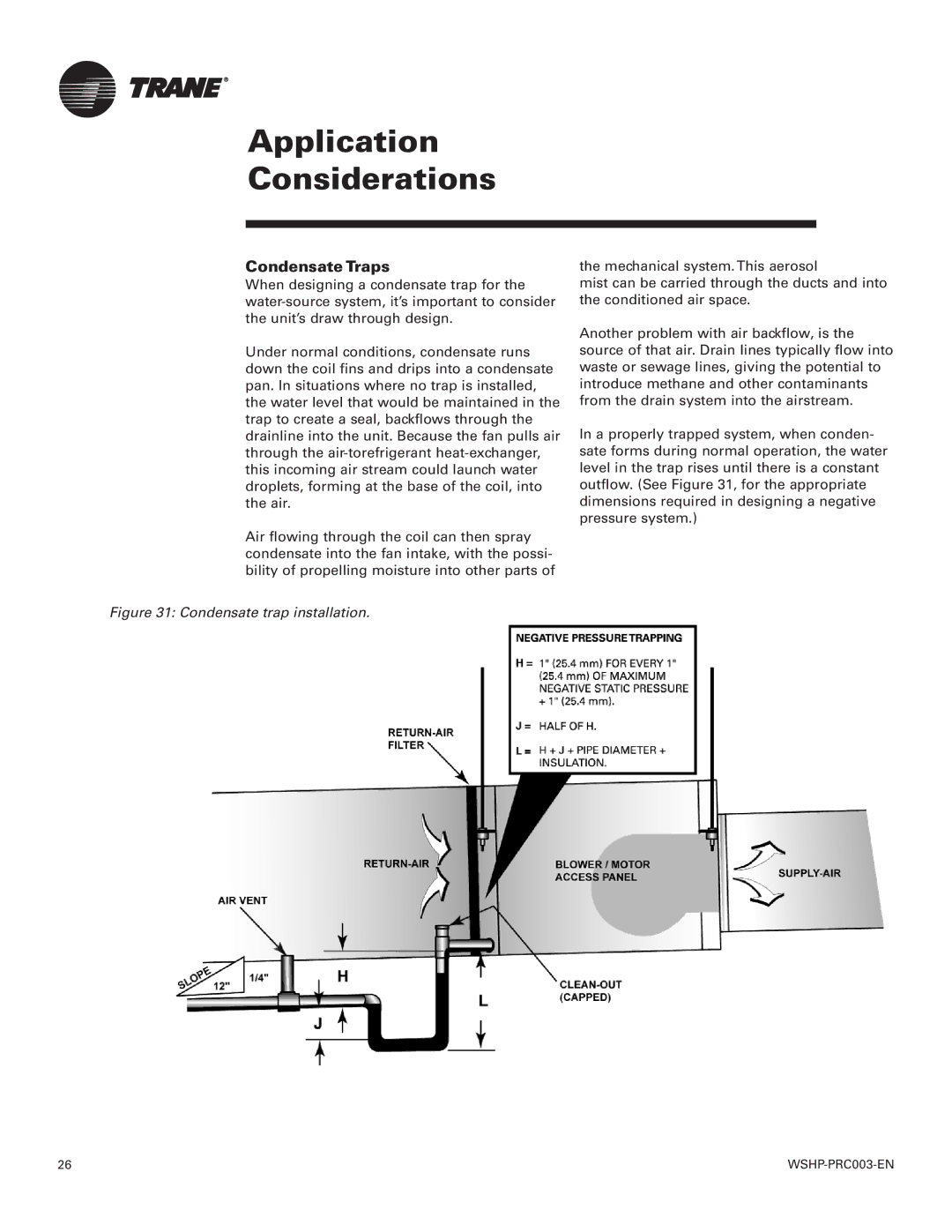Model 180 GEV, 120 GEH, Model 012 GEH specifications
Trane, a leading name in HVAC (heating, ventilation, and air conditioning) systems, offers a diverse range of models designed to cater to different cooling needs. Among its notable products are the Trane Model 180 GEV, Model 120 GEH, and Model 012 GEH. Each of these units incorporates advanced technologies and features aimed at enhancing efficiency, durability, and overall performance.The Trane Model 180 GEV is engineered for high-performance cooling and heating applications. One of its standout features is the variable-speed compressor, which allows for precise temperature control and significant energy savings. This model also integrates advanced inverter technology that optimizes energy consumption based on the load. The robust design of the unit ensures reliability even under extreme weather conditions, making it a favored choice for commercial and industrial sectors.
In contrast, the Trane Model 120 GEH is a versatile solution that focuses on efficiency and adaptability. This model is equipped with Trane’s exclusive Climatuff compressor technology, which enhances the reliability and longevity of the system. The Model 120 GEH also includes a user-friendly touchscreen interface, allowing for convenient adjustments and monitoring of the system's performance. Enhanced filtration systems contribute to improved indoor air quality, which is a critical factor for many users.
The Trane Model 012 GEH is designed for smaller spaces but does not compromise on performance. This compact unit boasts energy-efficient operation and is equipped with Trane’s proprietary Air-Cooled Scroll Compressors that enhance its cooling capacity while maintaining low operational noise levels. Its sleek design allows for easy installation in various settings, including residential areas. The Model 012 GEH also features enhanced reliability through its robust materials, ensuring that it can withstand varying environmental conditions.
All three models emphasize Trane’s commitment to sustainability and energy efficiency. With the incorporation of eco-friendly refrigerants and advanced heat exchange technologies, users can enjoy superior cooling performance while minimizing their environmental impact. Moreover, these models are backed by Trane’s comprehensive support, providing customers with peace of mind through warranties and service options.
In summary, Trane's Model 180 GEV, Model 120 GEH, and Model 012 GEH are exemplars of modern HVAC technology, offering various features tailored to meet specific cooling and heating requirements. Each model stands out for its unique capabilities, efficient operation, and robust design, reaffirming Trane's position as a trusted leader in the HVAC industry.

